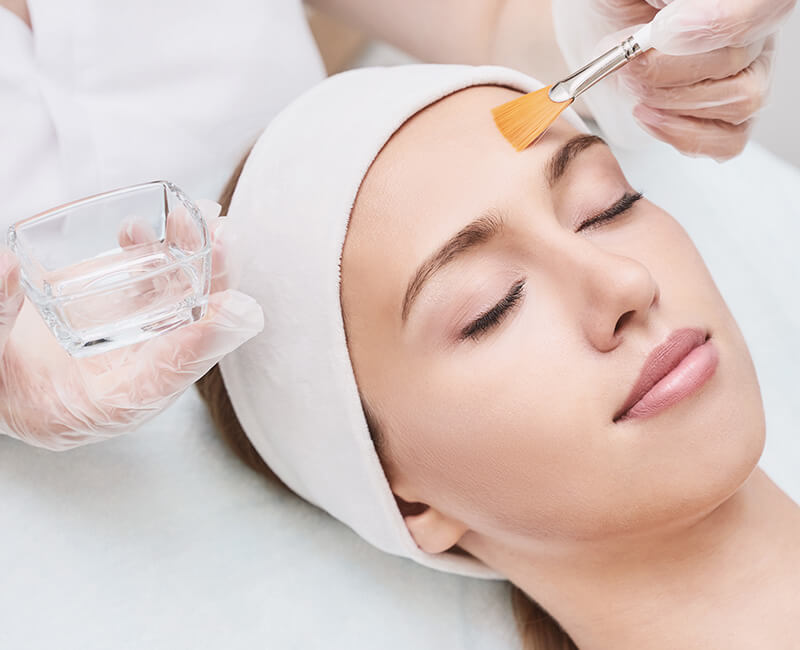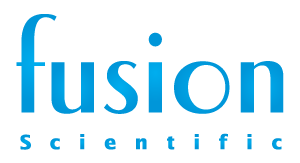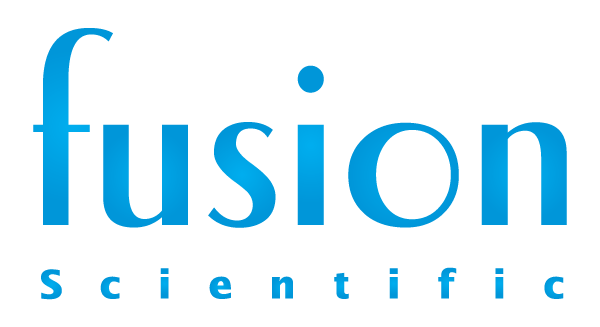INTRODUCTION

Despite the availability of new technologies, chemical peel is still widely used due to its practicality, low cost, and excellent results.
Below is detailed descriptions of chemical peel application technique, results, and complications.
CLASSIFICATION
Peelings can be classified according to depth into:
Very superficial:
removing the stratum corneum (depth = 0.06 mm)
Superficial:
causing epidermal exfoliation of the granular layer up until the basal layer (depth = 0.45 mm)
Medium:
reaching the papillary dermis (depth = 0.6 mm)
Deep:
reaching the mid reticular dermis (depth = 0.8 mm)
CHARACTERISTICS OF THE SKIN
- Thickness of the epidermis
- Density of the follicles
- Degree of photo-aggression
- Gender (male skin is oilier, hampering penetration)
- Skin phototype (the lower the phototype, the greater the penetration)
- Integrity of the epidermal barrier
- Cleansing prior to the exfoliating agent application
- Previous procedures
- Recent use of oral isotretinoin
CHEMICAL AGENT
Physio-chemical characteristics, volume, concentration, vehicle, duration of exposure.
APPLICATION TECHNIQUE
Use of swabs, brush, gloved fingers or gauze, occlusion or not of the treated area, pressure and friction during application, number of layers and frequency of the procedure.
The doctor must have adequate knowledge of the different agents for chemical exfoliations, of the skin regeneration process, of the technique, and of how to identify and treat complications.
PRIOR PREPARATION
When indicating a peeling, the physician must consider the patient’s psychological profile, professional activity, and time available for recovery. Clarification on the period of desquamation and expected benefits.
The anamnesis must include the patient’s medical history, degree of exposure to the sun, occupation, herpes simplex history, treatment with isotretinoin in the previous six months, tendency for developing keloids and post-inflammatory hyperpigmentation, use of medications, immune impairment, and smoking habits, which despite not being relevant in superficial peelings, can cause alterations to the outcome of deep procedures.
Very superficial peelings do not need previous preparation, however deeper peelings require it in proportion to the desired depth. The preparation is carried out with substances that provide a conditioning effect on the skin.
Sunscreens with a high SPF and moisturizers are indicated throughout the process of the skin’s recovery. Patients with a history of herpes simplex must undergo prophylactic antiviral therapy (acyclovir 200mg—4/4 hours or valacyclovir 500mg—12/12 hours, for five days). It is mandatory to obtain the informed consent of the patient and carry out a photographic documentation.
SAFE APPLICATION OF CHEMICAL PEEL
- Avoid applying on irritated, erythematous, or inflamed skin
- Always have available the neutralizing substance of the chemical agent being used
- Use the pain scale (ranging from 1 to 10)
- Be continuously aware of visual signals, such as erythema and whitening (frosting), which help to identify the degree of penetration of the substances and the depth reached
- Very superficial peelings: erythema only
- Superficial peelings: arboriform frosting with erythema on the background
- Medium depth peelings: uniform and solid frosting
SUPERFICIAL AND VERY SUPERFICIAL PEELINGS
As superficial and very superficial peelings affect only the epidermis, the best results are obtained with serial applications, performed at short intervals.
The subsequent desquamation is usually thin and pale in colour, and does not have an impact on the patient’s daily routine. These peelings improve the skin texture, are adjuvants in the treatment of acne, lighten spots, and attenuate fine wrinkles in addition to stimulating collagen renewal.
AGENTS AND METHOD FOR VERY SUPERFICIAL PEELINGS
- 30% Glycolic acid, for 1 to 2 minutes
- Jessner’s solution, 1 to 3 layers
- 30% Salicylic acid
- 20-30% Resorcinol, for 5 to 10 minutes
AGENTS AND METHOD FOR SUPERFICIAL PEELINGS
- 10% Retinoic acid
- 50-70% Glycolic acid, for 2 to 20 minutes
- 10-25% Trichloroacetic acid
- 40-50% Resorcinol, for 10 to 20 minutes
- Jessner’s solution, 4 to 10 layers
- Mandelic acid
- Pyruvic acid
AGENTS AND METHOD FOR MEDIUM DEPTH PEELINGS
- 70% Glycolic acid, for 3 to 30 minutes
- Jessner’s solution + 35% Trichloroacetic acid
- 70% Glycolic acid + 35% Trichloroacetic acid
- 35-50% Trichloroacetic acid

